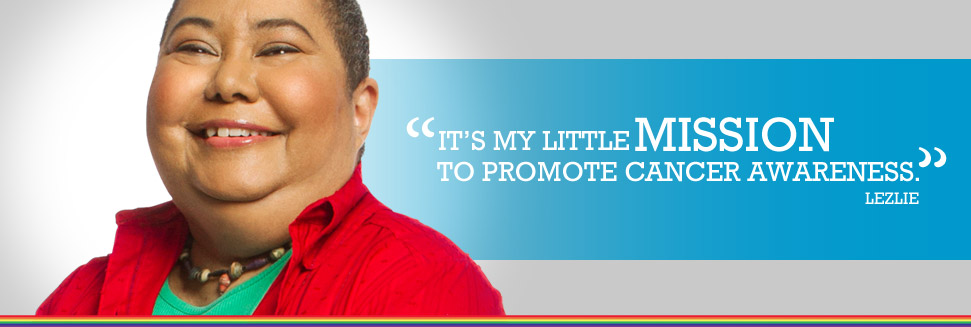
Risk Factors
Any substance or condition that increases a person’s risk of developing cancer is referred to as a risk factor. The most important risk factor for cervical cancer is infection of the cervix with the human papilloma virus (HPV).
What is HPV?
HPV, or the human papilloma virus, is a sexually transmitted virus that has over 100 different strains. Most are harmless and go away on their own. In fact, 7 out of 10 people will have HPV at some point in their lives and not even know it. Some of these strains, however, can cause abnormal changes in the cervix that can lead to cervical cancer.
Almost all cases of cervical cancer are caused by HPV. However, not all people with an HPV infection will develop cervical cancer. That’s because only some high-risk strains of HPV cause cervical dysplasia that if left untreated, can turn into cervical cancer. HPV can lie dormant, and appear years after you have been exposed to it.
How can I tell if I have HPV?
The strain of HPV that causes cervical cell changes usually doesn’t have any symptoms. This means that most people don’t know that they have been infected or that they have passed it on. Cervical cancer screening, also known as a Pap test, can find potentially harmful abnormal cell changes that can be treated before they become cancerous.
Being exposed to a high-risk strain of HPV does not mean you will get cervical cancer. In order for cancer to develop, the high-risk strain must be persistent and not go away. Most people who are exposed to HPV do not develop cervical cancer.
Another way to check if you have HPV is through a blood test. Visit our FAQ for more information.
How is HPV transmitted?
HPV is sexually transmitted through genital skin-to-skin contact with someone who has the virus. Genital skin-to-skin contact includes: oral sex, genital rubbing, digital sex, sex with toys, penetrative sex or any other kind of sex where genital areas have contact.
Lesbian, bisexual, queer, gay and other women who have sex with women are at risk of getting HPV, and therefore of getting cervical cancer. Anyone who has a cervix, and has had genital skin-to-skin contact with anyone else regardless of gender or sex, at any point in their life, is at risk for cervical cancer.
While HPV is the most important risk factor for cervical cancer, other risk factors are also important to know about.
The following factors are known to increase the risk of developing cervical cancer:
- smoking, cigarette smoke contains many cancer-causing substances (carcinogens) that affect many parts of the body. Researchers have found cigarette smoke by-products in the cells that line the cervix in women who smoke. It is believed that these harmful substances may damage the cells and lead to cervical cancer. The risk of developing cervical cancer increases with the length of time a women smokes and the number of cigarettes smoked per day.
- becoming sexually active at a young age. When younger, the cervix is undergoing many changes, is more vulnerable to being hurt, and therefore it’s easier for HPV to be transmitted.
- having many sexual partners. The more partners you have, the higher the chances that you will contract HPV. However, you can get HPV even when you’ve only had one sexual partner.
- having a weakened immune system increases susceptibility to HPV. Weakened immune systems are often due to a chronic infection such as HIV, AIDS or from taking certain immunosuppressive medications.
- having used birth control pills for an extended period of time.
